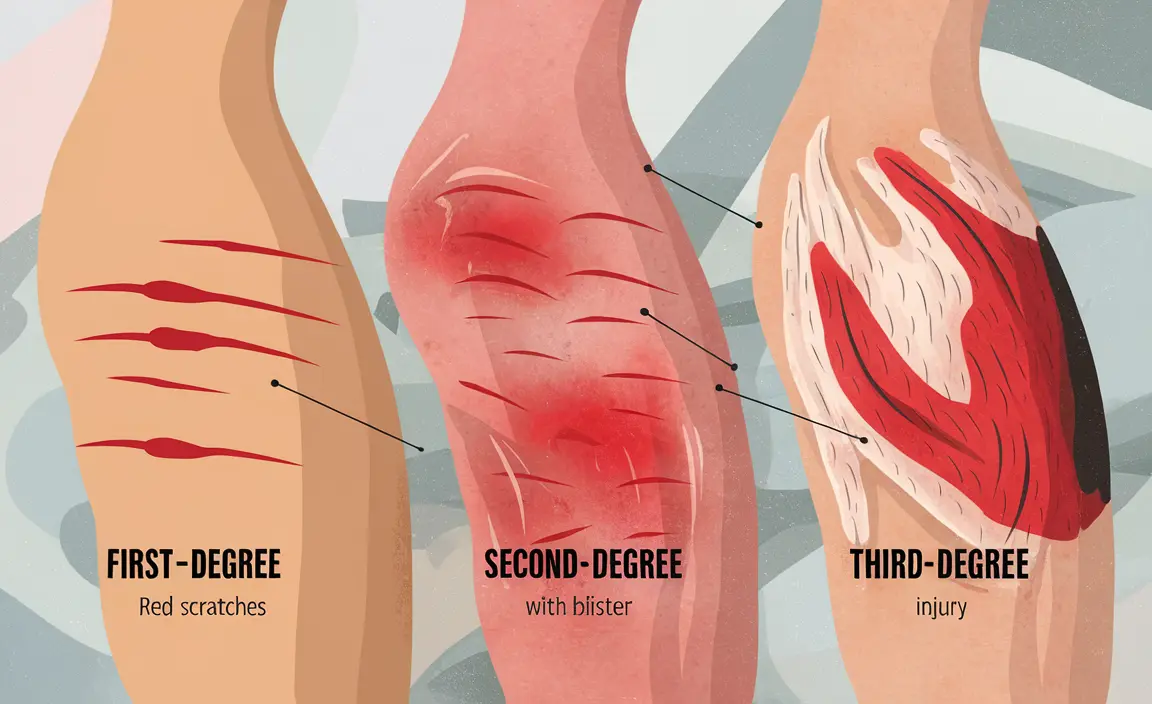Self-harm through cutting is a complex behavior that affects people across different age groups and backgrounds. While it may be difficult to understand, cutting often serves as a way for individuals to cope with intense emotional pain or overwhelming feelings. Understanding the reasons behind this behavior is crucial for providing support and helping those affected find healthier coping mechanisms.
This article explores the various factors that contribute to self-harm through cutting, including emotional triggers, underlying mental health conditions, and the influence of social environments. We'll also discuss important distinctions between self-harm and suicide attempts, along with healthier alternatives for managing emotional distress.
Understanding the Psychology Behind Cutting
People who engage in cutting often describe it as a way to feel in control when their emotions become overwhelming. The physical pain can temporarily distract from emotional suffering, creating a brief sense of relief. However, this relief is short-lived and can lead to a cycle of continued self-harm.
- Difficulty expressing emotions verbally
- Feelings of worthlessness or self-hatred
- Overwhelming anxiety or depression
- Past trauma or abuse
- Intense feelings of emptiness
Emotional Triggers and Warning Signs
Recognizing emotional triggers is essential for understanding and addressing cutting behavior. These triggers often include:
- Conflict with family or friends
- Academic or work-related stress
- Feelings of isolation or rejection
- Traumatic memories or flashbacks
- Intense feelings of shame or guilt
Physical and Behavioral Signs
- Unexplained cuts, bruises, or scars
- Wearing long sleeves or pants, even in warm weather
- Isolation from friends and family
- Emotional volatility
- Keeping sharp objects hidden
The Role of Mental Health
- Depression
- Anxiety disorders
- Borderline personality disorder
- Post-traumatic stress disorder
- Eating disorders
Professional mental health treatment is crucial for addressing both the underlying conditions and the self-harming behavior itself.
Healthy Alternatives and Coping Strategies
There are numerous healthier alternatives to cutting that can help manage emotional distress:
- Practice mindfulness and meditation
- Engage in physical exercise
- Use art or journaling for emotional expression
- Practice deep breathing exercises
- Seek support from trusted friends or family members
Professional Support Options
- Individual therapy
- Group therapy
- Dialectical behavior therapy (DBT)
- Cognitive behavioral therapy (CBT)
- Crisis hotlines and support services
Frequently Asked Questions
Why do people cut themselves as a way to cope with emotional pain?
People often cut themselves because it provides temporary relief from intense emotional pain. The physical sensation can serve as a distraction from psychological distress and may trigger the release of endorphins, creating a brief feeling of calm. However, this is a harmful coping mechanism that requires professional help to overcome.
What are common emotional triggers that lead to cutting or self-harm?
Common triggers include intense feelings of anger, sadness, or anxiety; relationship conflicts; academic or work stress; traumatic memories; and feelings of worthlessness. Environmental stressors and significant life changes can also trigger self-harming behavior.
How can someone find healthier alternatives to cutting for managing stress or overwhelming feelings?
Healthier alternatives include practicing mindfulness, engaging in physical exercise, expressing emotions through art or writing, talking to trusted friends or family, and seeking professional counseling. These methods provide healthy outlets for emotional release without causing physical harm.
Is cutting the same as a suicide attempt, and how are they different?
While cutting and suicide attempts are both forms of self-harm, they typically have different intentions. Cutting is usually a coping mechanism to deal with emotional pain, while suicide attempts are specifically intended to end life. However, cutting can increase the risk of suicide, making it crucial to seek professional help.
What role does peer influence and social environment play in why people start cutting?
Peer influence and social environment can significantly impact self-harming behavior. Some individuals may learn about cutting through friends or social media, while others might begin cutting due to peer pressure or feeling isolated. A supportive social environment is crucial for both prevention and recovery.




